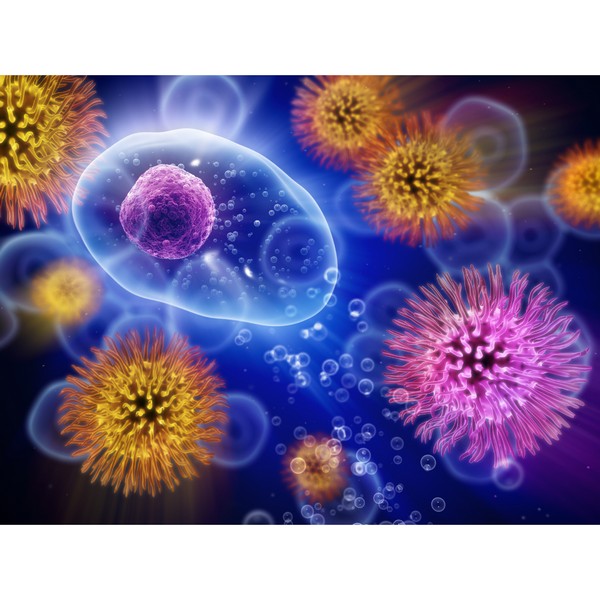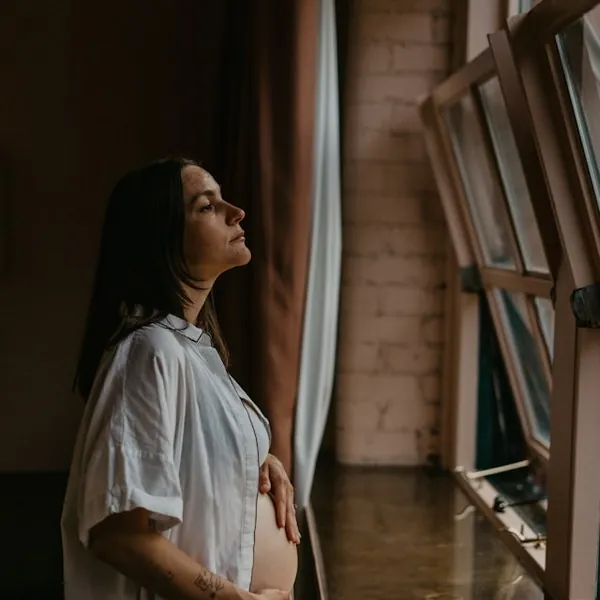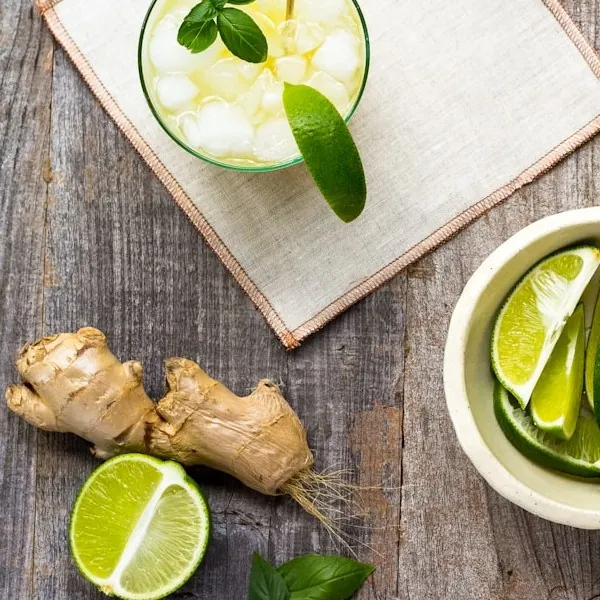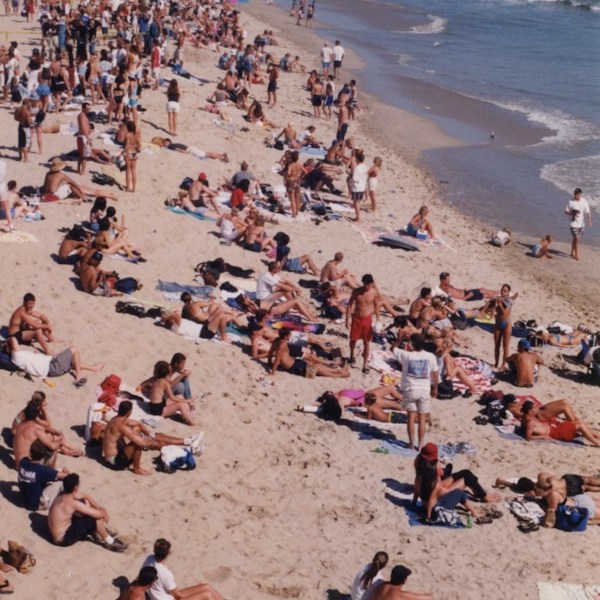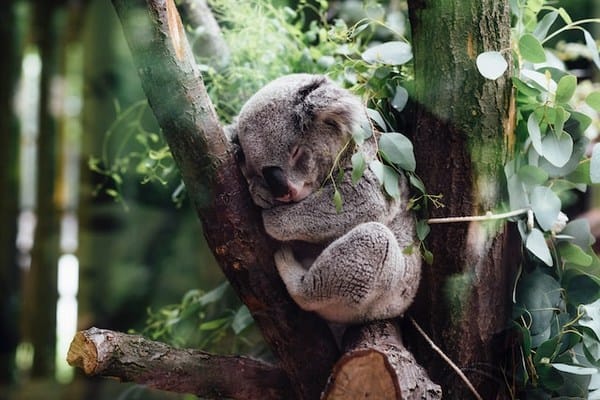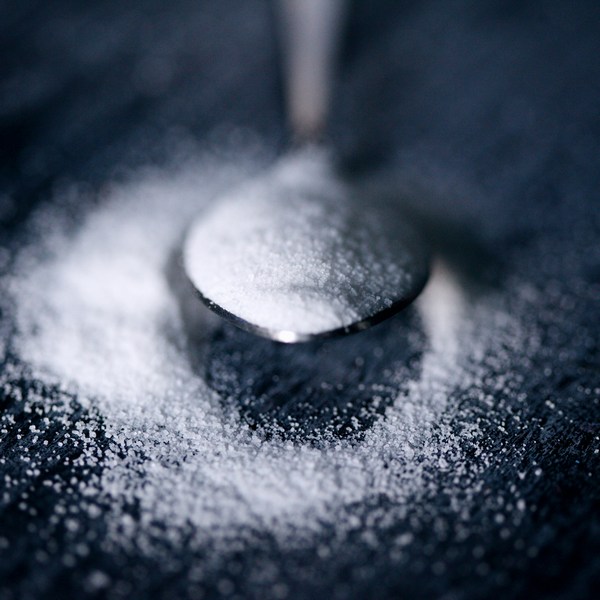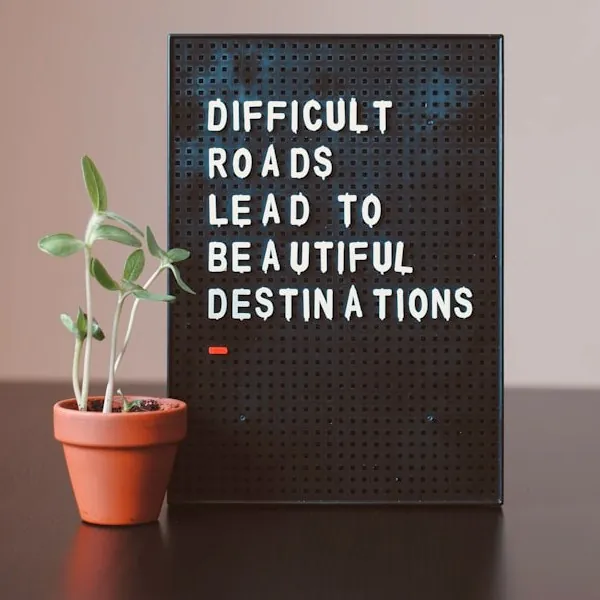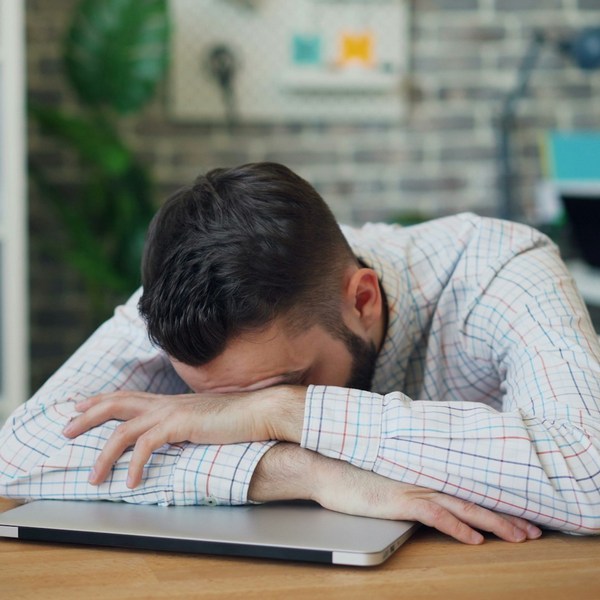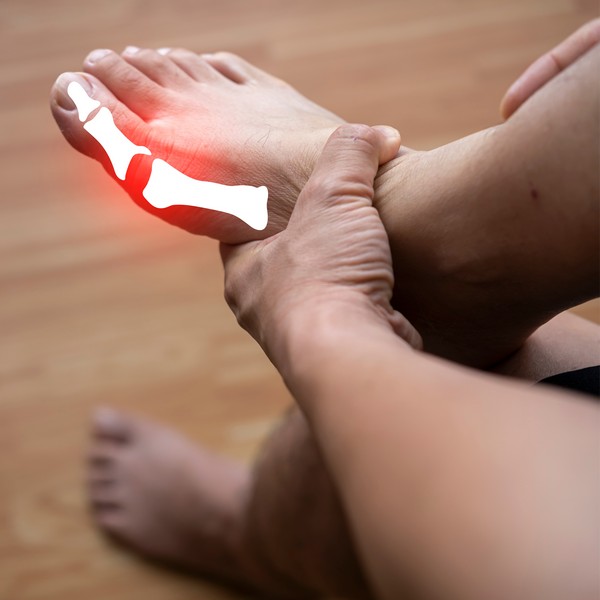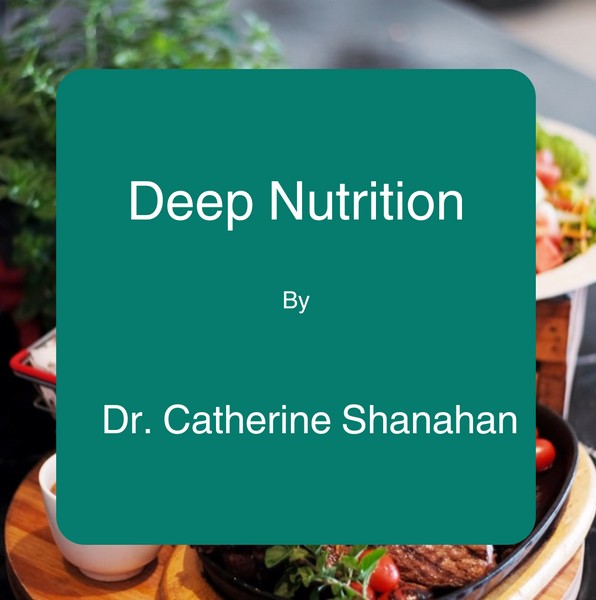Key Takeaways:
- Longevity is shaped by a mix of genetics and lifestyle.
- Certain genes are linked to longer lifespans.
- Lifestyle choices can influence how long you live.
- Science suggests living to 200 may be possible, but there are challenges.
- Understanding your DNA can help you make choices for a longer life.
Introduction
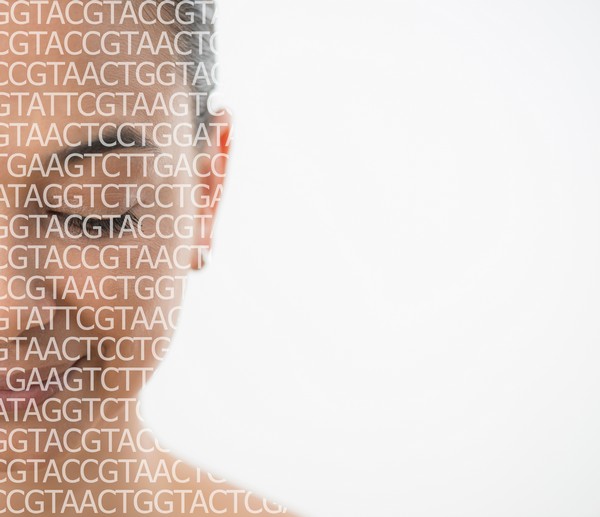
The idea of living to 200 years old sparks curiosity and ambition. While many factors contribute to how long we live, genetics plays a significant part.
We can explore what might be possible in extending human life by understanding the role of DNA in longevity.
The Science of Longevity
Genetics strongly impacts how long we live. Certain genes, like SIRT1, FOXO3, and IGF-1, are linked to longer lifespans.
Telomeres, which protect our chromosomes, also play a key part in determining lifespan. As they shorten, cells age, leading to aging in the body.
Potential for Living to 200
Current science explores the limits of human lifespan. Research on people who live past 100, known as centenarians, and those who live past 110, known as supercentenarians, provides insights into how long humans might live.
With advancements in technology and understanding, living to 200 could become a reality, though it remains a significant challenge.
Genetic Factors Affecting Longevity
Genetic variations can slow down aging processes. Some people naturally have mutations that help their bodies repair DNA more effectively, which could contribute to a longer life.
Understanding these genetic factors gives us a better picture of what might be possible in extending lifespan.
Lifestyle and Environmental Influences

Your environment and lifestyle heavily influence your longevity. Diet, exercise, and other habits can either support or hinder your genetic potential for a long life.
Make metabolic health a top priority by balancing key minerals, especially copper and magnesium, and optimizing important enzymes like ceruloplasmin and superoxide dismutase.
Efforts should be made to prevent iron dysregulation. When iron accumulates in cells, it can catalyze the formation of free radicals, leading to damage of proteins, fats, and DNA.
You can maximize your chances of living longer by making healthy choices even if your genes aren’t perfect.
Future of Longevity Research
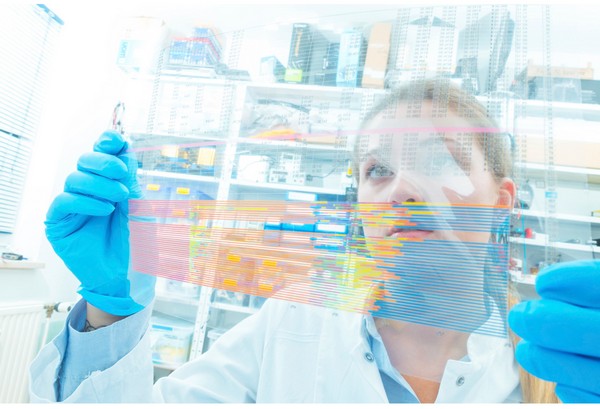
The future of longevity lies in advancements like gene therapy and CRISPR technology. Scientists are also exploring anti-aging drugs and other treatments that could slow or reverse aging.
As this research progresses, we might get closer to the possibility of living much longer lives. However, ethical questions arise as we consider the implications of such advances.
Challenges and Limitations
While the idea of living to 200 is intriguing, there are many challenges. Biological limits, societal impacts, and the potential downsides of extreme longevity all come into play.
It’s important to balance the desire for a longer life with the need for a high quality of life.
Conclusion
Living to 200 years old might be within reach, but it requires a deep understanding of genetics, lifestyle, and emerging technologies. While the future holds promise, focusing on healthy living now remains the best approach to a longer, healthier life.
FAQ
What genes are most associated with long life?
Genes like SIRT1, FOXO3, and IGF-1 are closely linked to longevity.
How does lifestyle interact with genetics to affect lifespan?
Lifestyle choices like diet and exercise can enhance or limit your genetic potential for a long life.
Is it realistic to expect humans to live to 200 years?
While theoretically possible, significant scientific and ethical challenges must be addressed.
What are the ethical implications of significantly extending human life?
Extending life raises questions about resource use, societal impacts, and quality of life.
How can current genetic technology help in achieving longer lifespans?
Advances in gene therapy and CRISPR may offer ways to slow aging and extend life.
Research
Adelman, R., Saul, R.L. and Ames, B.N., 1988. Oxidative damage to DNA: relation to species metabolic rate and life span. Proceedings of the National Academy of Sciences, [online] 85(8), pp.2706–2708. https://doi.org/10.1073/pnas.85.8.2706.
Ames, B. N., Shigenaga, M. K., & Hagen, T. M. (1993). Oxidants, antioxidants, and the degenerative diseases of aging. Proceedings of the National Academy of Sciences of the United States of America, 90(17), 7915-7922. https://doi.org/10.1073/pnas.90.17.7915
Ashraf, A., Clark, M., & So, P. (2018). The Aging of Iron Man. Frontiers in Aging Neuroscience, 10, 344384. https://doi.org/10.3389/fnagi.2018.00065
Azzi, A., Davies, K.J.A. and Kelly, F., 2004. Free radical biology – terminology and critical thinking. FEBS Letters, [online] 558(1–3), pp.3–6.
https://doi.org/10.1016/s0014-5793(03)01526-6.
Beckman, K.B. and Ames, B.N., 1997. Oxidative Decay of DNA. Journal of Biological Chemistry, [online] 272(32), pp.19633–19636. https://doi.org/10.1074/jbc.272.32.19633.
BECKMAN, K.B. and AMES, B.N., 1998. The Free Radical Theory of Aging Matures. Physiological Reviews, [online] 78(2), pp.547–581.
https://doi.org/10.1152/physrev.1998.78.2.547.
Chen, W.J., Kung, G.P. and Gnana-Prakasam, J.P., 2022. Role of Iron in Aging Related Diseases. Antioxidants, [online] 11(5), p.865.
https://doi.org/10.3390/antiox11050865.
Darnell, J.E., Lodish, H.F. and Baltimore, D., 1986. Molecular cell biology. Springer.
Frei, B., Forte, T.M., Ames, B.N. and Cross, C.E., 1991. Gas phase oxidants of cigarette smoke induce lipid peroxidation and changes in lipoprotein properties in human blood plasma. Protective effects of ascorbic acid. Biochemical Journal, [online] 277(1), pp.133–138. https://doi.org/10.1042/bj2770133.
Galaris, D., Mantzaris, M. and Amorgianiotis, C., 2008. Oxidative stress and aging: the potential role of iron. Hormones, [online] 7(2), pp.114–122. https://doi.org/10.1007/bf03401502.
Harman D. The aging process. Proc Natl Acad Sci U S A. 1981 Nov;78(11):7124-8. doi: 10.1073/pnas.78.11.7124. PMID: 6947277; PMCID: PMC349208.
Harman, D., 1969. PROLONGATION OF LIFE: ROLE OF FREE RADICAL REACTIONS IN AGING. Journal of the American Geriatrics Society, [online] 17(8), pp.721–735. https://doi.org/10.1111/j.1532-5415.1969.tb02286.x.
Meneghini, R. (1997). Iron Homeostasis, Oxidative Stress, and DNA Damage. Free Radical Biology and Medicine, 23(5), 783-792. https://doi.org/10.1016/S0891-5849(97)00016-6
Pellowski, D., Heinze, T., Tuchtenhagen, M., Müller, S.M., Meyer, S., Maares, M., Gerbracht, C., Wernicke, C., Haase, H., Kipp, A.P., Grune, T., Pfeiffer, A.F.H., Mai, K. and Schwerdtle, T., 2024. Fostering healthy aging through selective nutrition: A long-term comparison of two dietary patterns and their holistic impact on mineral status in middle-aged individuals—A randomized controlled intervention trial in Germany. Journal of Trace Elements in Medicine and Biology, [online] 84, p.127462. https://doi.org/10.1016/j.jtemb.2024.127462.
Pouillot A, Polla A, Polla BS. Iron and iron chelators: a review on potential effects on skin aging. Curr Aging Sci. 2013 Dec;6(3):225-31. doi: 10.2174/18746098112059990037. PMID: 23866012.
Rattan, S.I.S., 2006. Theories of biological aging: Genes, proteins, and free radicals. Free Radical Research, [online] 40(12), pp.1230–1238. https://doi.org/10.1080/10715760600911303.
Richter, C., Park, J.W. and Ames, B.N., 1988. Normal oxidative damage to mitochondrial and nuclear DNA is extensive. Proceedings of the National Academy of Sciences, [online] 85(17), pp.6465–6467. https://doi.org/10.1073/pnas.85.17.6465.
Sohal, R.S. and Weindruch, R., 1996. Oxidative Stress, Caloric Restriction, and Aging. Science, [online] 273(5271), pp.59–63. https://doi.org/10.1126/science.273.5271.59.
Tian, Y., Tian, Y., Yuan, Z., Zeng, Y., Wang, S., Fan, X., Yang, D. and Yang, M., 2022. Iron Metabolism in Aging and Age-Related Diseases. International Journal of Molecular Sciences, [online] 23(7), p.3612. https://doi.org/10.3390/ijms23073612.
Waiter, P.B., Beckman, K.B. and Ames, B.N., 1999. The role of iron and mitochondria in aging. OXIDATIVE STRESS AND DISEASE, 2, pp.203-228.
Xu, J., Marzetti, E., Seo, A.Y., Kim, J.-S., Prolla, T.A. and Leeuwenburgh, C., 2010. The emerging role of iron dyshomeostasis in the mitochondrial decay of aging. Mechanisms of Ageing and Development, [online] 131(7–8), pp.487–493. https://doi.org/10.1016/j.mad.2010.04.007.
Zeidan, R.S., Han, S.M., Leeuwenburgh, C. and Xiao, R., 2021. Iron homeostasis and organismal aging. Ageing Research Reviews, [online] 72, p.101510.
https://doi.org/10.1016/j.arr.2021.101510.
Are Energy Drinks Dangerous?
Key Takeaways: Caffeine is the most common stimulant in energy drinks. Sugar, though harmful, is widely used in energy drinks. Electrolytes help maintain hydration and…
Adrenal Cocktail: Recipe and Benefits
Key Takeaways The adrenal cocktail supports adrenal health and maintains energy levels. Combines potassium, sodium, and vitamin C for effective adrenal nourishment. Consumed in the…
Oxidative Stress: Causes, Effects, Solutions
Key Takeaways Oxidative stress results from an imbalance between free radicals and antioxidants in the body, leading to cellular damage. Chronic oxidative stress contributes to…
Melatonin: Functions and Benefits
Key Takeaways Melatonin helps regulate sleep-wake cycles, signaling the body to rest as it gets dark. It acts as an antioxidant, protecting cells from damage….
Why Sunlight is Essential for a Healthy Life
Key Takeaways Sunlight helps the body produce vitamin D, supporting bone health and immune function. Exposure to sunlight can improve mood and reduce symptoms of…
Fluoride: Risks & Controversies
Key Takeaways Fluoride is widely used in dental products and water supplies, but its safety is debated. Overexposure to fluoride can lead to conditions like…
Gestational Diabetes Management: Expert Tips for Success
Key Highlights Gestational diabetes, marked by glucose intolerance during pregnancy, requires careful blood sugar control. A healthy pregnancy with gestational diabetes includes regular exercise, a…
Osteoarthritis Symptoms & Home Remedies
Key Takeaways Lifestyle adjustments and alternative therapies contribute to overall symptom management. Low-impact exercises and physical activity help maintain mobility and reduce pain. Heat and…
Bromate: Its Impact on Your Thyroid & Nervous System
Key Takeaways Bromate is a toxic byproduct from water disinfection, impacting thyroid and nervous system health. It interferes with iodine, leading to thyroid dysfunction and…
Does Grounding or Earthing Actually Work?
Ceruloplasmin: The Master Antioxidant
Key Takeaways: Ceruloplasmin is a copper-containing enzyme essential for iron metabolism and preventing oxidative stress. It helps transport iron safely, preventing iron overload in tissues…
Natural Remedies for Common Ailments: From Headaches to Allergies
Key Takeaways The appeal of natural remedies lies in their holistic approach, fewer side effects, and environmental sustainability. Specific natural remedies can effectively alleviate common…
Elimination Diets: Find the Foods Behind Your Symptoms
Key Takeaways Elimination diets identify food intolerances by removing and reintroducing specific foods. Divided into two phases: elimination and reintroduction. Items like gluten, soy, and…
Superoxide Dismutase: Your Body’s Antioxidant Defender
Key Takeaways SOD protects against oxidative stress by neutralizing free radicals. Copper is necessary for SOD to function. Low SOD activity can lead to aging,…
Sunburn Prevention: Holistic and Natural Approaches
Key Takeaways A poor diet increases the risk of sunburn and skin damage. Short, regular sun exposure reduces the risk of sunburn. Early morning and…
Diatomaceous Earth: Natural Uses & Benefits
Key Takeaways – Diatomaceous earth is a natural powder made from fossilized algae called diatoms. – It helps cleanse the body of toxins and heavy…
11 Amazing Tips to Improve Your Sleep Quality
Limit Power NapsModulate Sunlight ExposurePay Attention to CaffeineSchedule BedtimePlan Ahead for DinnertimeMelatonin: Not what you thoughtSleep EnvironmentHot Bath or ShowerEliminate Blue LightSleep StackAdrenal CocktailMagnesium The…
Autism: Causes, Symptoms, and Management
Key Takeaways Autism Spectrum Disorder (ASD) is a complex neurodevelopmental condition that varies widely in symptoms and severity. Both genetic and environmental factors contribute to…
The Randle Cycle: Glucose Fat Energy Dilemma
Key Takeaways The Randle Cycle explains how the body chooses between burning glucose and fatty acids for energy. Enzymes and hormones play a key role…
Do Artificial Sweeteners Cause Weight Gain? The Surprising Truth
Key Takeaways – Artificial sweeteners may disrupt gut microbiome balance, impacting digestion and immune health. – These sweeteners can interfere with natural metabolism, leading to…
Managing Menopause Symptoms – A Guide to Navigate this Life Stage
Exercise RoutineManaging Stress Improving Sleep HabitsSeeking Emotional Support:Adjusting Your DietConsidering Alternative TherapiesFrequently Asked Questions Menopause is a natural stage in a woman’s life marking the…
GABA (gamma-aminobutyric acid)
Adrenal Fatigue: Symptoms & Prevention
Key Takeaways: Adrenal fatigue is often linked to prolonged stress, leading to tiredness, brain fog, and mood swings. Disruptions in cortisol production can affect energy,…
The EWG Dirty Dozen: What You Need to Know
Key Takeaways The Dirty Dozen list highlights fruits and vegetables with the highest levels of pesticide residues. In 2024, strawberries, spinach, and kale top the…
How Insulin Regulates Blood Sugar
Key Takeaways Insulin helps regulate blood sugar by moving glucose into cells. Imbalances in insulin levels can cause conditions like diabetes. Insulin resistance can lead…
Gout: Symptoms & Natural Treatment
Key Takeaways Gout results from the accumulation of uric acid crystals in the joints, causing severe pain and inflammation. High uric acid levels are often…


